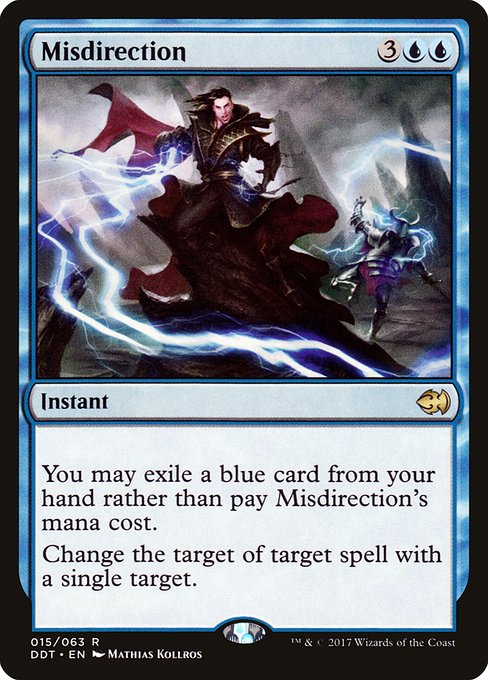Deck & Commander Strategies

Leovold, Emissary of Trest
Control the game by restricting opponents' card draws and punishing them for drawing cards, while using hand disruption and efficient removal to maintain board presence and deny threats.

Ghyrson Starn, Kelermorph
Utilize morph creatures and graveyard interactions to generate incremental advantage, maintaining board presence through recursion and resilient threats, eventually overwhelming opponents with a steady stream of creatures.
Gameplay Insights
- 1
A critical use of misdirection on a removal spell shifted board control, exemplifying the importance of timing and spell redirection in Commander.
- 2
Leovold's strategy of taxing draws and limiting resources pressured Ghyrson, but Ghyrson's resilient morph and recursion synergies enabled recovery and counterplay.
- 3
Managing hand size and predicting opponent responses were key factors in maintaining tempo and setting up winning attacks.
Notable Cards
-

Leovold, Emissary of Trest
-

Ghyrson Starn, Kelermorph
-

Misdirection
Gameplay Summary
The Duel Commander match between Leovold, Emissary of Trest, and Ghyrson Starn, Kelermorph unfolded with tense strategic plays centered around control and disruption.
Leovold leveraged his ability to limit opponents' card draws and maintain hand control, applying pressure by taxing draws and controlling spells.
Ghyrson Starn's deck focused on leveraging its unique morph and graveyard synergy to generate value and overwhelm the board with resilient creatures.
A pivotal moment in the game occurred when a well-timed misdirection disrupted a key removal spell, allowing Ghyrson to maintain board presence and swing the momentum.
From there, Ghyrson capitalized on this advantage to secure a win through consistent creature attacks backed by graveyard recursion.
Throughout the match, both players showcased deep knowledge of timing and resource management, but Ghyrson's ability to outmaneuver Leovold's disruption proved decisive.
















![Leovold Midrange vs. Aminatou Reanimator [Duel Commander-EDH] - Magic: The Gathering thumbnail](https://i.ytimg.com/vi/HLaOvZKIW-k/sddefault.jpg)
![Leovold Midrange vs. Winota Aggro [Duel Commander-EDH] - Magic: The Gathering thumbnail](https://i.ytimg.com/vi/zv30si4Io9Q/sddefault.jpg)
![Top 8 Gameplay - RELIC FEST #2 w/ EN Commentary [Duel Commander] - Magic: The Gathering thumbnail](https://i.ytimg.com/vi/RWa-E1Dl9Pw/sddefault.jpg)
![Akiri & Thrasios vs. Leovold Midrange [Duel Commander-EDH] - Magic: The Gathering thumbnail](https://i.ytimg.com/vi/LHiDeurT0NM/sddefault.jpg)

